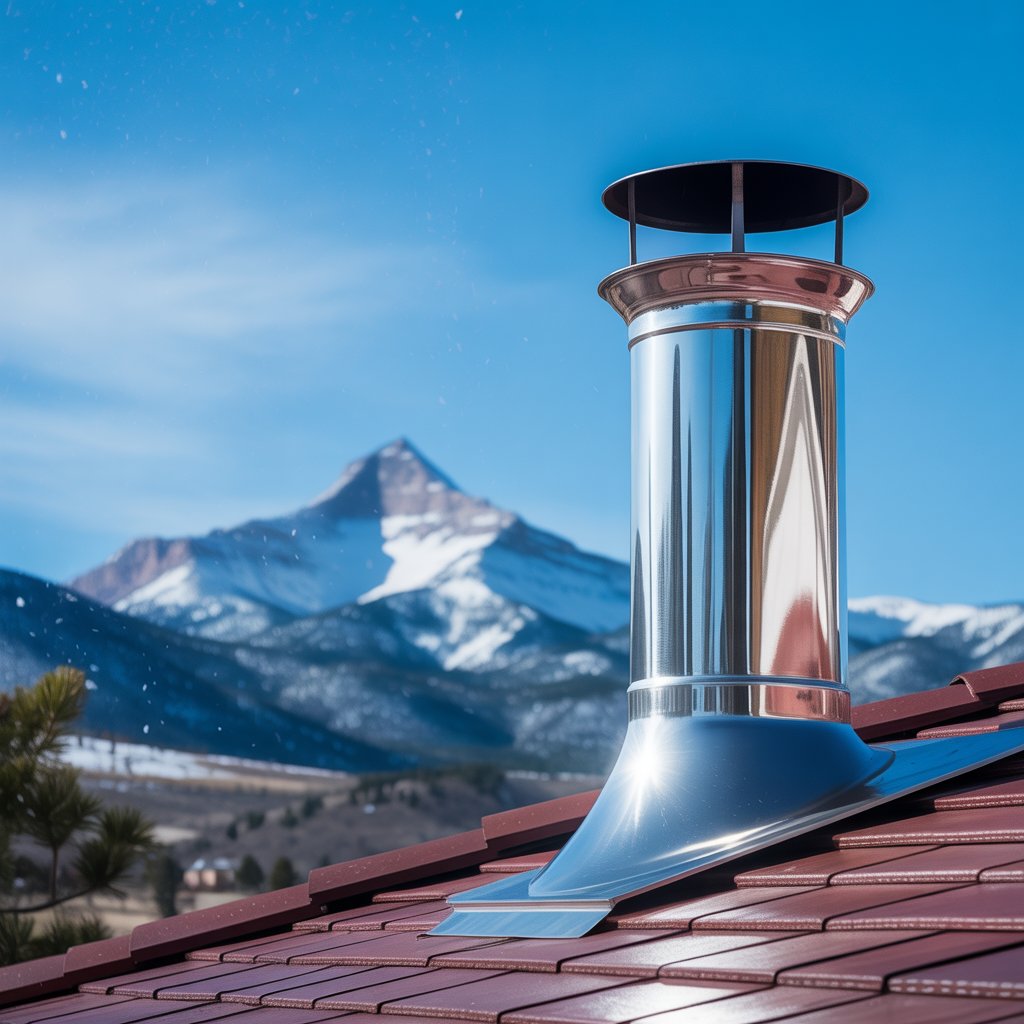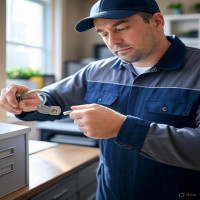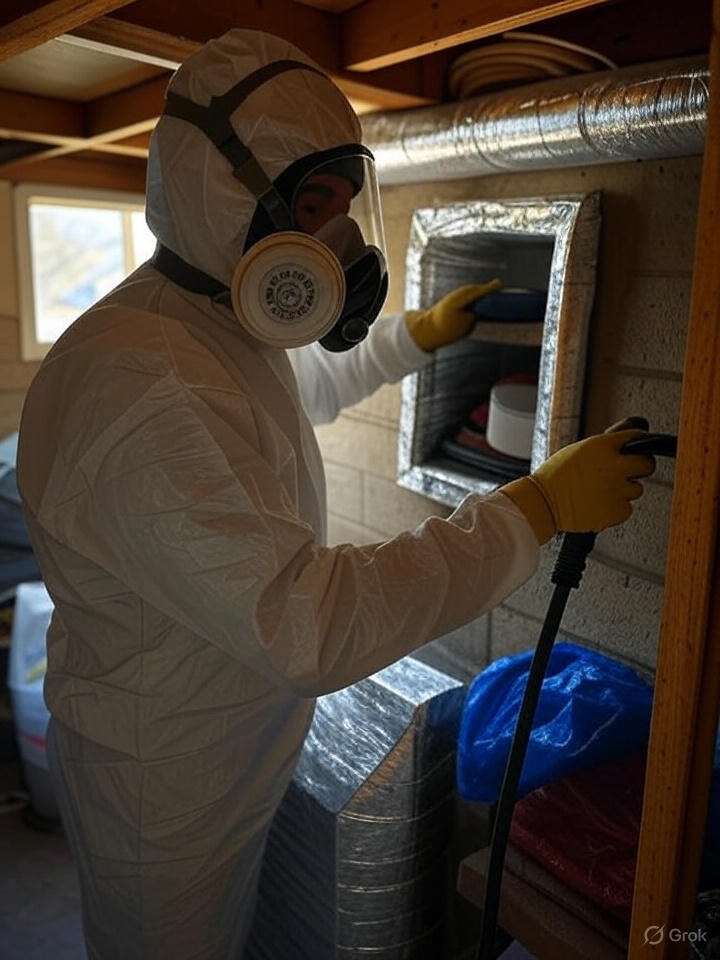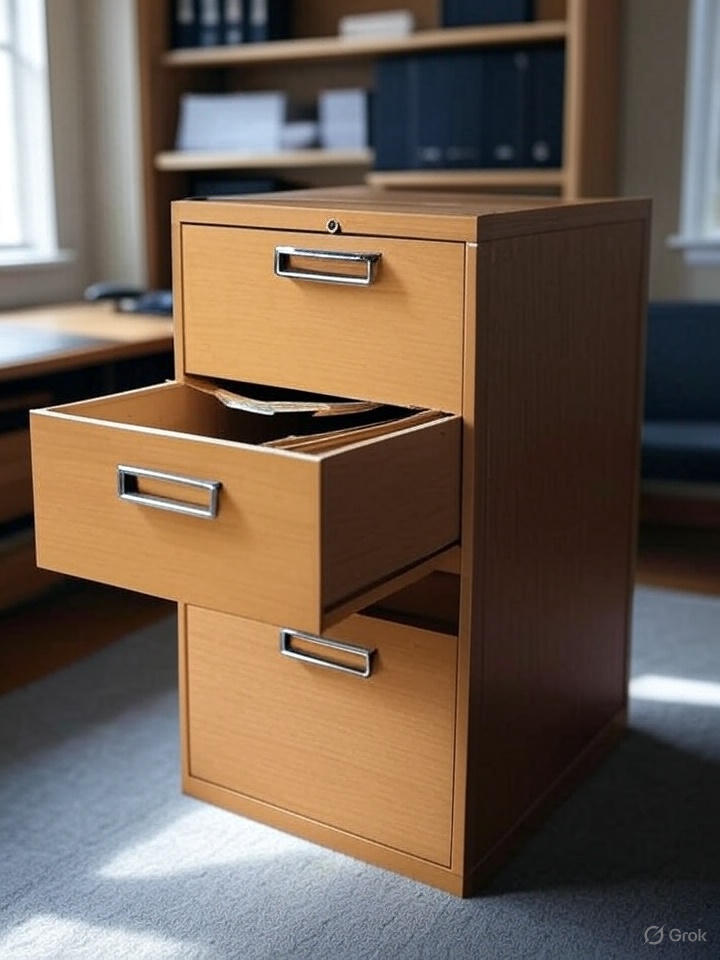Can a Colorado Springs Chimney Liner Prevent House Fires

Strong 8k brings an ultra-HD IPTV experience to your living room and your pocket.
Have you ever wondered if something as simple as a chimney liner could stand between your home and a devastating house fire? If you live in Colorado Springs, where winters invite crackling fires and cozy nights, you probably know your fireplace gets a lot of use. But what most folks don’t realize is that what’s inside your chimney—specifically, the chimney liner—can make a huge difference in your home’s safety. Let’s walk through what a chimney liner actually does, why it matters, and how Colorado Springs Chimney Liner helps keep local families safe.
Why Is There So Much Fuss About Chimney Liners?
Picture your chimney as a tunnel carrying smoke and fumes up and out of your house. Now, imagine that tunnel’s walls are bare brick or stone. Over time, soot, creosote, and even tiny cracks can build up or form, creating a perfect place for fire to catch hold. A chimney liner acts like a shield, making sure those hot gases and stray sparks don’t have a chance to sneak through gaps or ignite anything behind the scenes.
Not only does it keep heat and flames in check, but it also helps your fireplace or wood stove work more efficiently. That means less smoke leaking into your living room and fewer worries about weird smells or drafts. Basically, it’s like upgrading from a dusty old tunnel to a safe, smooth highway for smoke to travel.
How Do Chimney Liners Actually Prevent Fires?
It’s easy to overlook what you can’t see, but inside that chimney, a liner plays several key roles. Here’s a quick breakdown:
Chimney Liner Function How It Helps Prevent Fires
Heat Barrier Stops excessive heat from escaping through cracks into walls or attic spaces, reducing risk of accidental ignition.
Creosote Defense Makes it harder for sticky creosote to build up and catch fire, since smooth liners don’t give it much to cling to.
Gas Containment Prevents toxic gases from leaking into your home, which can be both a fire and health hazard.
Structural Protection Keeps moisture and corrosive byproducts from damaging the chimney’s bricks or mortar, preserving the whole structure.
All these benefits add up to a safer fireplace and a lower chance of a fire starting where you least expect it.
Quote:
“A small layer of protection inside your chimney can mean the difference between a peaceful evening and an emergency call to the fire department.”
The Key Features That Set a Good Liner Apart
Durability: A dependable liner stands up against cracks, high heat, and years of use without falling apart.
Easy Cleaning: The smoother the surface, the less likely creosote will stick and cause trouble.
Right Fit: Liners come in different shapes and sizes; a snug fit ensures nothing slips past where it shouldn’t.
Corrosion Resistance: Quality liners resist rust and acid damage, which keeps them solid and working longer.
Local Adaptability: For Colorado Springs, liners need to handle cold snaps, snow, and big temperature swings without cracking.
Why Trust Colorado Springs Chimney Liner?
You wouldn’t trust just anyone to look after your home, and your chimney is no different. At Colorado Springs Chimney Liner, we know the quirks of local homes and weather. Our team doesn’t just slap in a liner and call it a day. We look at your fireplace, your chimney’s shape, and even your burning habits (wood, pellets, or gas) to recommend the best solution. Safety is our top concern, but we also want your fires to burn cleaner and brighter.
The peace of mind that comes with a well-installed liner is hard to put into words. It’s not just about following the rules or checking boxes—it’s about knowing you’re doing everything you can to protect your family and your house, season after season.
FAQs
Q1: How often should I have my chimney liner checked?
A: We recommend an inspection at least once a year, ideally before you start using your fireplace in the fall. That way, any damage or buildup can be caught early.
Q2: What if my chimney doesn’t have a liner?
A: It’s possible for older homes to be missing a liner altogether. If that’s the case, adding one is one of the best things you can do for safety and efficiency.
Q3: Do liners need to be replaced?
A: Over the years, even the best liners can wear out or crack. If you notice unusual smells, trouble with drafts, or visible damage, it could be time for a replacement.
Q4: Will a liner affect my fireplace’s performance?
A: A good liner actually helps your fireplace or stove run better. You’ll likely see cleaner burns, less smoke, and fewer blockages.
Conclusion: Small Change, Big Safety
When it comes down to it, something as simple as a chimney liner can make a world of difference. It’s an invisible guardian that looks out for your family every time you light a fire. If you’re in Colorado Springs and want to make sure your home is as safe as possible, reach out to Colorado Springs Chimney Liner. We’re here to help you enjoy your fireplace with total peace of mind, knowing you’ve taken an important step to prevent house fires.
Note: IndiBlogHub features both user-submitted and editorial content. We do not verify third-party contributions. Read our Disclaimer and Privacy Policyfor details.




